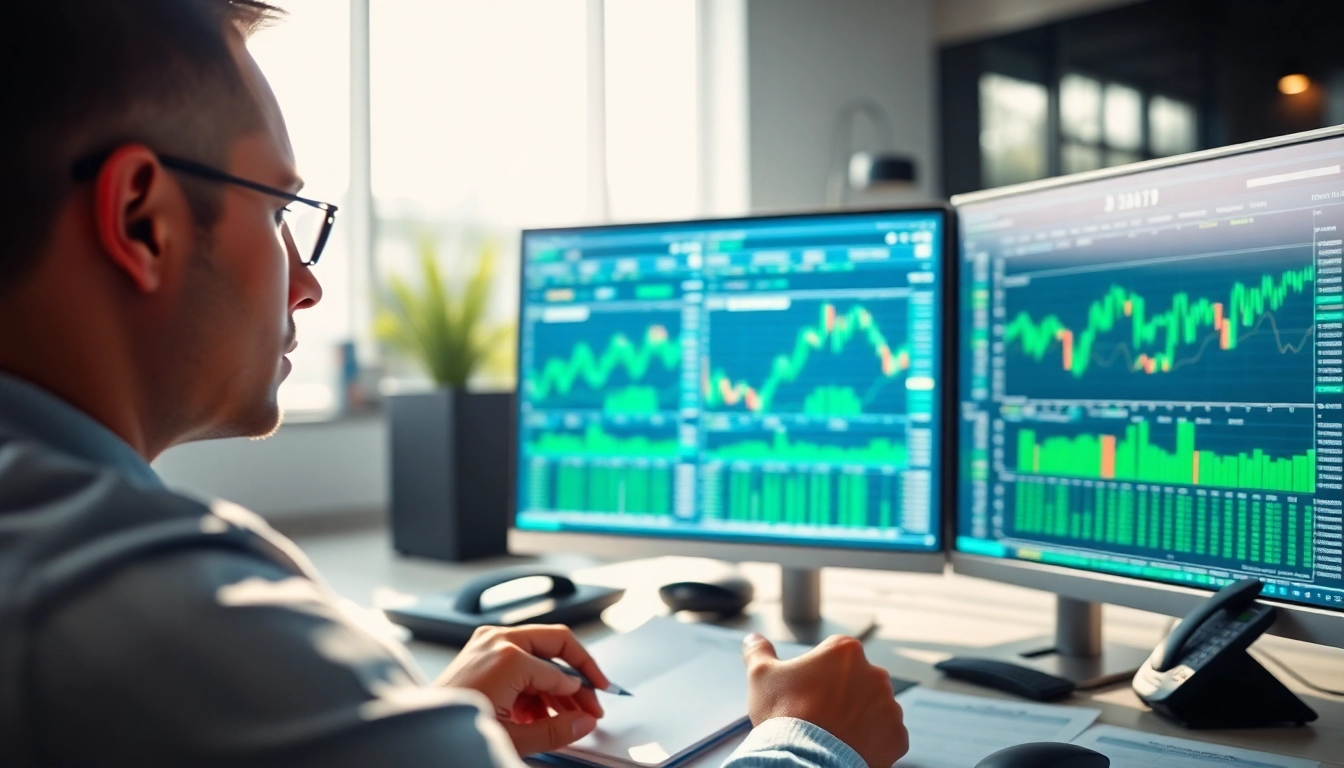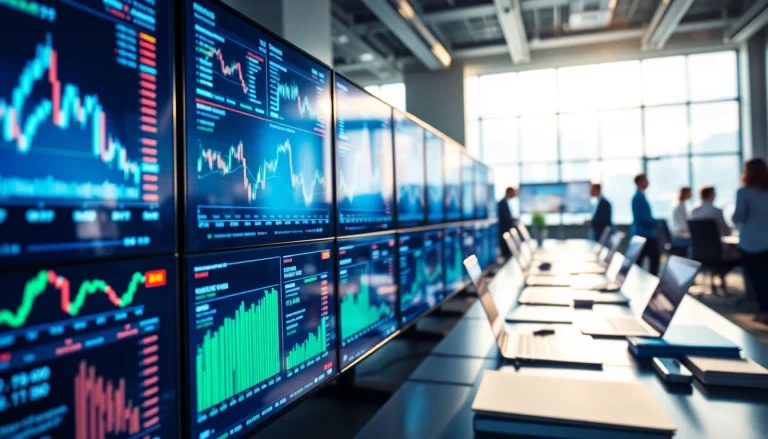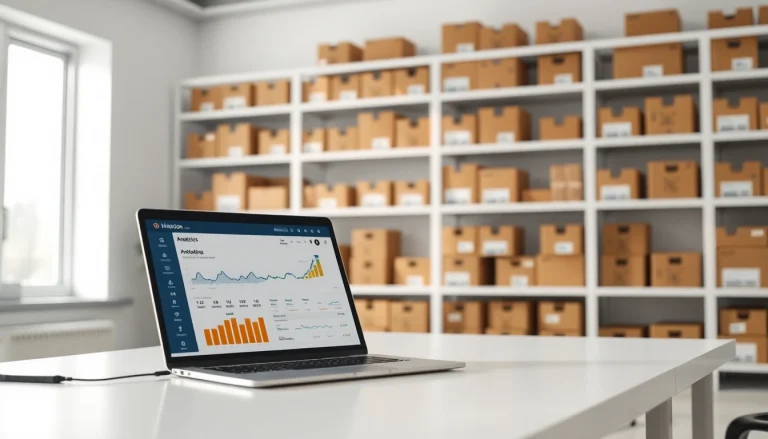Understanding Trade Futures
As the financial landscape evolves, many investors are turning their attention to trade futures. This financial instrument allows traders to speculate on the future price of assets, providing both opportunities and challenges. In this comprehensive guide, we will delve deep into the world of futures trading, unraveling its nuances, benefits, challenges, effective strategies, and future trends.
What Are Trade Futures?
Trade futures are standardized contracts that obligate the buyer to purchase, and the seller to sell, a specified asset at a predetermined price at a future date. These assets can include commodities like oil and wheat, financial instruments like stock market indices, or even currencies. Futures contracts are traded on exchanges, where they are standardized by quantity and quality, making them easily transferable among traders. The primary objective is to mitigate risks associated with price fluctuations or to leverage price trends for profit.
How Trade Futures Work
Futures contracts operate within a system of margins and settlements. When you engage in trading futures, you don’t have to pay the full value of the asset. Instead, you place a margin, which is a fraction of the total value—typically ranging from 3% to 10%. This highly leveraged position allows you to control larger sums of money with a lower initial outlay.
Upon the contract’s expiry, a settlement occurs. This can either be cash-settled, where the difference in price is paid, or physically settled, where the asset is exchanged. The dynamics of buying and selling in futures trading can lead to substantial profits or losses, highlighting the necessity of a strategic approach.
Key Terms in Trade Futures
Understanding some key terminologies is essential for futures trading:
- Contract Size: This refers to the standardized quantity of the underlying asset in a futures contract.
- Expiry Date: The specific date when the contract must be settled.
- Margin: The minimum amount of capital required to initiate and maintain a trading position.
- Leverage: The use of borrowed funds to increase the potential return on investment.
- Speculation: Engaging in trade in an effort to profit from future price changes.
Benefits of Trading Futures
Leverage and Margin in Trade Futures
One of the primary appeals of trading futures is the prospect of high leverage. With margin requirements significantly lower than the full position value, traders can amplify their investment potential. For instance, with a margin of $500, a trader could control a contract worth $10,000. This allows smaller investors to participate in markets that would otherwise be out of reach, increasing accessibility.
However, while leverage can magnify gains, it can also exacerbate losses; thus, careful risk management strategies are vital. Properly using stop-loss orders and position sizing can help protect against market volatility.
Market Accessibility for Traders
The futures market is known for its extensive accessibility. It operates nearly 24 hours a day, allowing traders from various time zones to engage in buying and selling without the constraints of traditional stock market hours. This presents a significant advantage for those looking to react swiftly to global events that may impact market prices.
Moreover, with advancements in technology and trading platforms, accessing futures trading has become increasingly user-friendly. Various online brokers offer intuitive interfaces, educational resources, and demo accounts, enabling new traders to practice without financial risk.
Diversification Opportunities with Trade Futures
Futures trading allows investors to diversify their portfolios beyond traditional equities and bonds. By incorporating commodities, currencies, and indices, traders can spread risk across different asset classes. For instance, during periods of stock market downturns, commodity futures might thrive, providing a hedge against economic uncertainties.
Shifting market trends can frequently create opportunities in various sectors of the economy, allowing futures traders to capitalize on emerging market conditions. This diversification is vital in managing overall portfolio risk.
Challenges in Trading Futures
Market Volatility and Its Impact
While futures trading offers numerous benefits, it is not without its challenges. Market volatility is a significant concern, as prices may swing dramatically in short periods. For instance, factors such as geopolitical tensions, economic reports, or natural disasters can lead to unpredictable price movements.
Traders must be prepared for such fluctuations and develop effective strategies to manage their exposure. Strategies such as using stop-loss orders and establishing clear entry and exit points can help mitigate unforeseen risks associated with volatility.
Understanding Risks and Management
Futures trading is inherently risky, and traders must develop a robust risk management plan. This includes understanding the risks specific to different asset classes, market conditions, and personal risk tolerance levels. Common risks include:
- Market Risk: The potential for losses due to market fluctuations.
- Liquidity Risk: The risk of being unable to enter or exit a position quickly due to market conditions.
- Counterparty Risk: The risk that the other party involved in the trade may default on the contract.
To combat these risks, diversification, maintaining appropriate margin levels, and using limit orders can aid in preserving capital and enhancing trading performance.
Common Mistakes to Avoid
New traders tend to make several common mistakes that can lead to significant losses. Awareness of these pitfalls can enhance trading success. Here are key mistakes to avoid:
- Overleveraging: Trading on margin invites the temptation to take larger positions than advisable, potentially leading to devastating losses.
- Neglecting Market Research: Traders should not rely solely on gut instincts; comprehensive analysis and research are crucial before entering positions.
- Ignoring Stop-Loss Orders: Failing to utilize stop-loss orders can result in unchecked losses, exacerbating financial decline.
- Chasing Losses: Attempting to recover from losses by overtrading can lead to further financial difficulties.
Strategies for Effective Futures Trading
Fundamental Analysis for Trade Futures
Fundamental analysis involves assessing the economic, financial, and other qualitative and quantitative factors influencing asset prices. For futures traders, understanding the supply and demand dynamics of the underlying asset is essential. Factors such as weather conditions for agricultural commodities, geopolitical tensions affecting oil prices, or interest rate changes impacting currency values are critical. Integrating this analysis into trading strategies can provide a clearer picture of market movements.
Technical Analysis Techniques
Technical analysis complements fundamental analysis through the study of historical price movements and trading volume. Traders rely on charts and technical indicators to identify trends and make predictive decisions. Prominent tools include:
- Moving Averages: Smooth out price action and help identify trends.
- Relative Strength Index (RSI): Indicates overbought or oversold conditions.
- Fibonacci Retracement Levels: Aid in predicting potential reversal points in asset pricing.
Combining both analyses can bolster decision-making and improve trading accuracy.
Developing a Trading Plan
A well-defined trading plan is crucial for navigating the futures market successfully. Essential components of a trading plan include:
- Trade Goals: Establish clear objectives and time frames for trades.
- Risk Management Rules: Outline specific criteria for entering and exiting trades based on risk tolerance.
- Assessment Criteria: Define how you will evaluate market conditions and position suitability.
Creating a rules-based approach helps maintain consistency amidst market fluctuations, enabling more disciplined trading.
Future of Trade Futures
Technological Developments in Futures Trading
The futures trading landscape is rapidly changing, primarily driven by technological advancements. Algorithmic trading, machine learning, and artificial intelligence are becoming integral tools for traders. These technologies facilitate faster analysis and execution of trades, allowing for a more agile trading approach. Additionally, the rise of mobile trading platforms has made it easier for traders to manage positions on-the-go, increasing market participation.
Global Market Trends Impacting Futures
As the world becomes more interconnected, global market trends influence futures trading significantly. Economic events in one country can ripple across markets, affecting asset prices worldwide. Traders must stay informed about global economic indicators, trade agreements, and geopolitical events to anticipate market movements accurately. Such awareness can position traders advantageously in a competitive marketplace.
Regulatory Landscape and Its Implications
The regulatory environment governing futures trading continues to evolve, presenting both challenges and opportunities. Regulatory bodies like the Commodity Futures Trading Commission (CFTC) oversee the integrity of market operations, protecting traders against fraud and manipulation. Understanding compliance requirements and adapting to changes ensures that traders operate within legal frameworks while mitigating risks associated with non-compliance.
Additionally, emerging regulations regarding cryptocurrencies and digital assets are reshaping notions about futures trading, enticing new participants into the market while establishing critical guidelines for responsible trading practices.








